Not Bad Intentions. Attempts to Coexist with non-human lives
Posted in: UncategorizedSheng Wen-Lo’s work examines interactions between human and nonhuman worlds. His current show at Archivio di Stato in Turin is called Not Bad Intentions. Attempts to Coexist. As the title suggests, even when humans have the interests of the rest of the living at heart, they sometimes end up making more harm than good. Through his investigation of polar bears in captivity, feather harvesting for down jackets and algae farming, Lo reveals how sustainable, ethical and virtuous solutions can be fraught with dilemmas and unforeseen violence.
Sheng Wen-Lo, Down, 2017- (trailer) – The Arctic Circle Residency

Sheng Wen-Lo, Down, 2017-. Escaped geese from farms near Kapittelweg, Breda
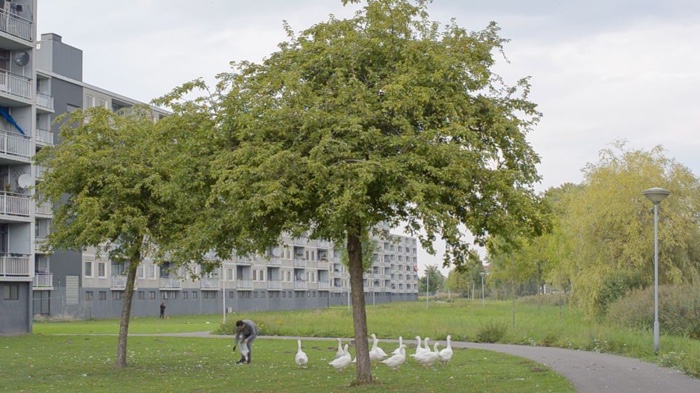
Sheng Wen-Lo, Down, 2017- . Downy feather collecting, Kapitalweg, Breda

Sheng Wen-Lo, Down, 2017- . Filing, sewing and making the down jacket with collected goose feathers (video stills)
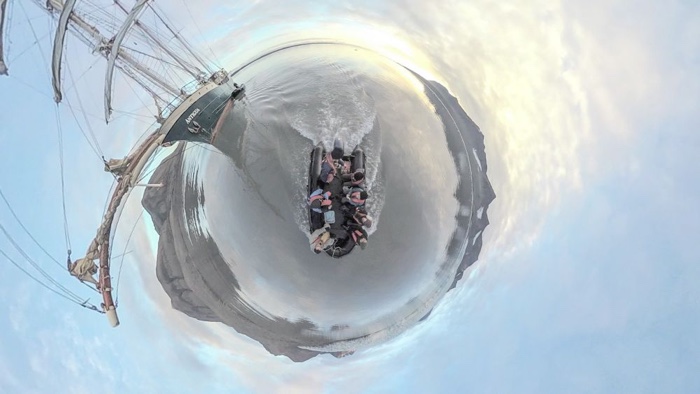
Sheng Wen-Lo, Down, 2017- . Zodiac ride before Ymerbukta Landing, Spitsbergen, 2017 (video still)
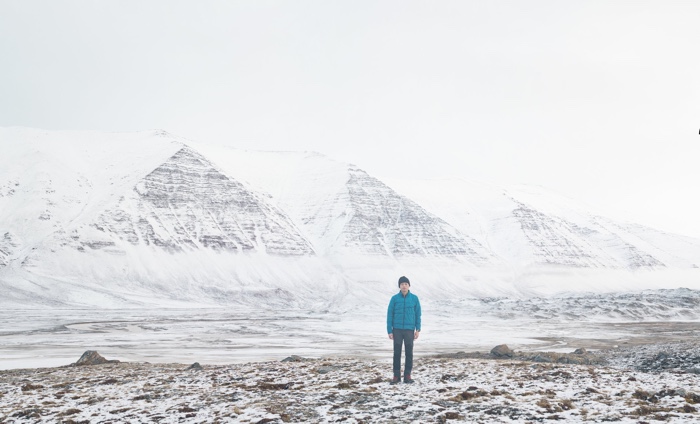
Sheng Wen-Lo, Down, 2017- . Trollkjeldene, 18km hike, 2018

Sheng Wen-Lo, Down, 2017- . Thermal analysis, Fjortende Julibukta, 2017
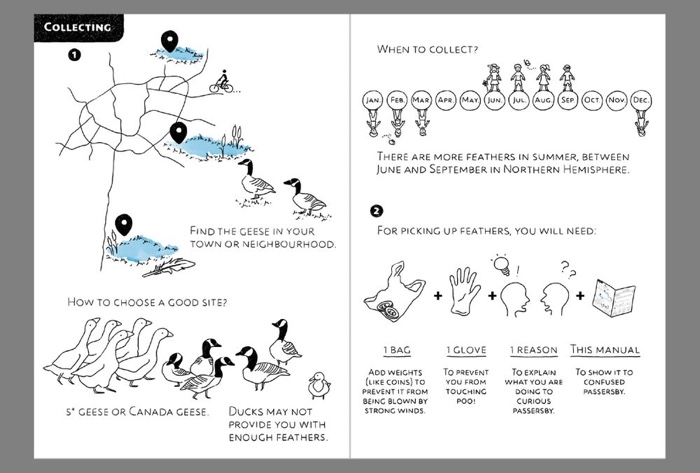
Sheng Wen-Lo, Down, 2017- . A Step by Step Guide for Making Your Own Down Jacket (sample spread, 2018)
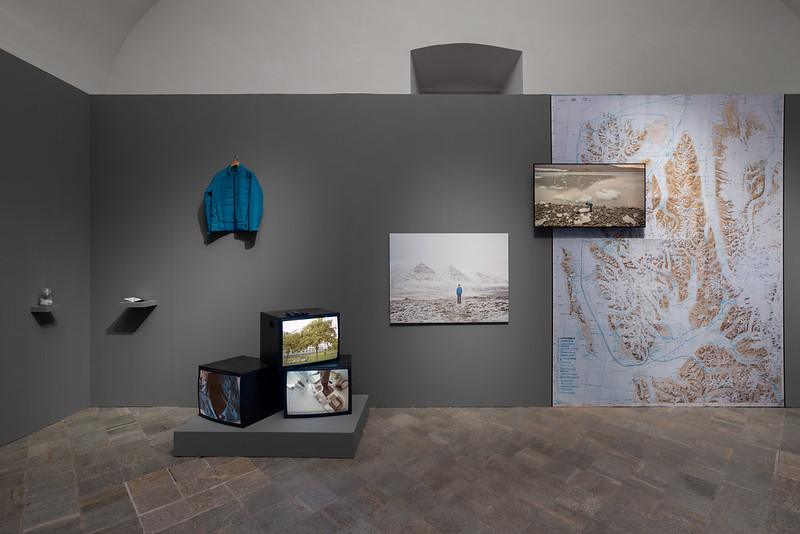
Sheng Wen-Lo, Not Bad Intentions. Attempts to Coexist. Exhibition view. Photo: Buccia Studio © EXPOSED Torino Foto Festival

Sheng Wen-Lo, Not Bad Intentions. Attempts to Coexist. Exhibition view. Photo: Buccia Studio © EXPOSED Torino Foto Festival
Down looks at how we exploit animals to be fashionable or just to be warm. 8 years ago, Lo decided to make his own cruelty-free down jacket by picking up feathers that escaped farm geese and migrating Canadian geese left behind in parks, riverbanks and outside of farms near his house in Breda, the Netherlands.
It took him two months to collect 3000 feathers. 3000 sounds like a lot but it amounted to only 80 grams. The artist then cleaned the feathers and used them to fill a jacket. Finally, the artist tested the finished product on a three-week arctic residency in October 2017, right before polar winter. The residency took place on a sailing boat which docked at various glaciers around the Spitsbergen archipelago, in the Arctic Ocean. To measure the quality of his garment during hiking expeditions in the Arctic, he used temperature sensors, a thermal imaging camera and heart-rate sensors. The down jacket looks surprisingly thin but he came back with all his limbs from his Arctic trip, so i guess it must have been warm enough.
With this project, Lo balances critique of mass-produced animal products with a demonstration of how difficult it can be to make ethical and sustainable alternatives. Should you wish to try and craft your own down jacket, Lo published a step by step manual to help you do so.
The Down project is light and fun. The next one is heartbreaking. I am only sharing the less distressing photos from White Bear, a series that focuses on the lives of polar bears in captivity.

Sheng-Wen Lo, White Bear. Diergaarde Blijdorp Rotterdam, NL, 2016
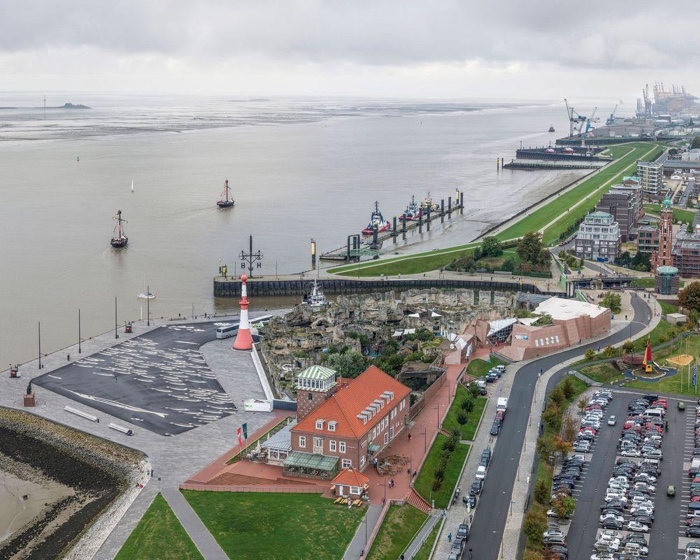
Sheng-Wen Lo, White Bear. Zoo am Meer Bremerhaven, Germany, 2014
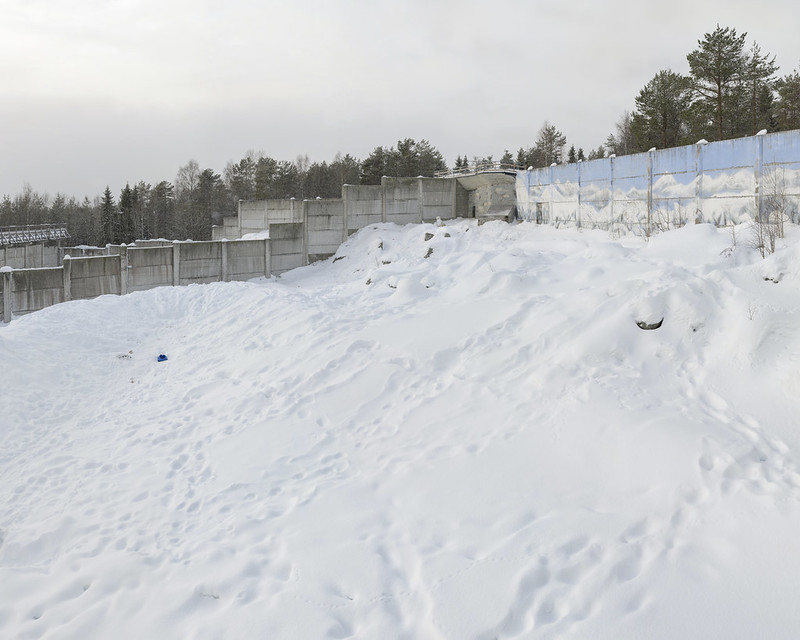
Sheng-Wen Lo, White Bear. Ranua Wildlife Park, Finland, 2023
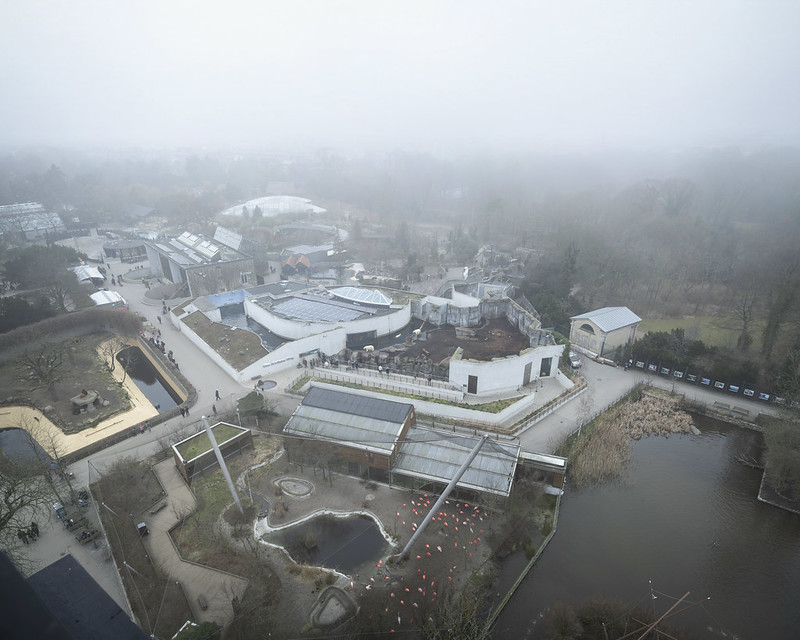
Sheng-Wen Lo, White Bear, Copenhagen Zoo, Denmark, 2023

Sheng Wen-Lo, Not Bad Intentions. Attempts to Coexist. Exhibition view. Photo: Buccia Studio © EXPOSED Torino Foto Festival
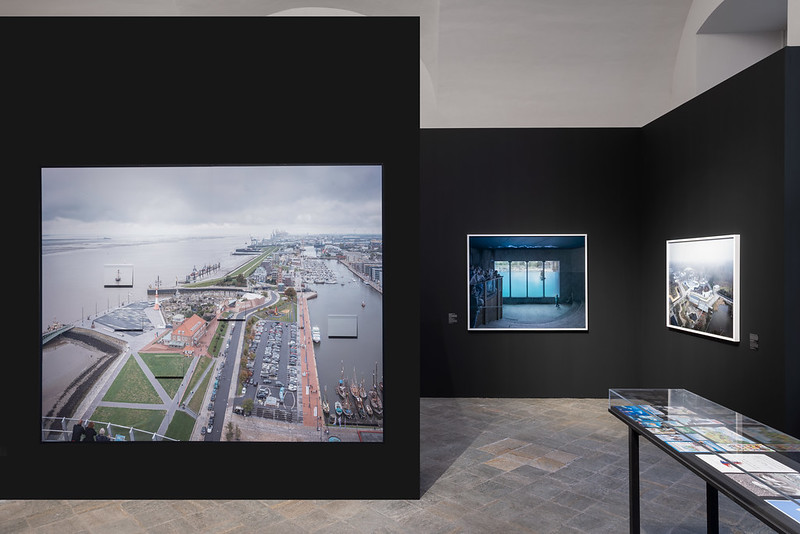
Sheng Wen-Lo, Not Bad Intentions. Attempts to Coexist. Exhibition view. Photo: Buccia Studio © EXPOSED Torino Foto Festival
Lo travelled to 44 sites across Europe and Asia to document the artificial habitats built to host polar bears and entertain human crowds. In an attempt to add a touch of Arctic feel, the elaborate enclosures feature painted icebergs, fake seals, grasslands, boulders, yachts, swimming pools, stone stairs, etc.
Most of the images are bleak. But instead of condemning the existence of zoos, the White Bear series explores the dilemmas at the heart of captive animal programmes. Many zoos and aquariums promote themselves as centres for research, education and species preservation. For example, zoos help maintain genetic diversity through the EAZA Ex-situ Programmes, aiding future conservation efforts. Zoos also claim to give endangered species one last chance of long-term survival. Currently, there are no reintroduction efforts for polar bears due to severe habitat loss. The vast expanses of ice that bears require for travel and hunting are shrinking fast.
The scientific missions of zoos and aquariums are frequently overshadowed by the perceived need to keep the public entertained. The artificial enclosures might be pretty to look at for human visitors but they are too often poorly designed, too small, too warm, too dull for polar bears. The Canadian Manitoba Standard establishes the minimum space and temperature requirements for captive polar bears: at least 500 square metres of dry land for 1-2 bears, with an additional 150 square metres for each additional bear. Enclosures must include shaded areas, pools for cooling and temperatures should not exceed 25 degrees Celsius. Lo’s documentation in the exhibition states that less than 40% of zoos worldwide meet these minimum requirements.
Lo’s project is not just about polar bears. By focusing on one particular species, he also attempts to examine the consequences of our desire to connect with something that looks like wilderness.
Sheng Wen-Lo, The March of the Great White Bear
The polar bears in the video The March of the Great White Bear seem to be stuck in a GIF. But the images are not looped; they record the endless repetition of movements of polar bears living in 17 different enclosures. Ethologists have shown that this type of stereotypical behaviour appears when bears find themselves in limited captive environments that do not satisfy their behavioural needs. It is seen as a sign of psychological distress.
Once again, Lo’s objective is not to condemn captive breeding but rather to open up a reflection about the contradictions at the heart of our desire to see big animals up close.
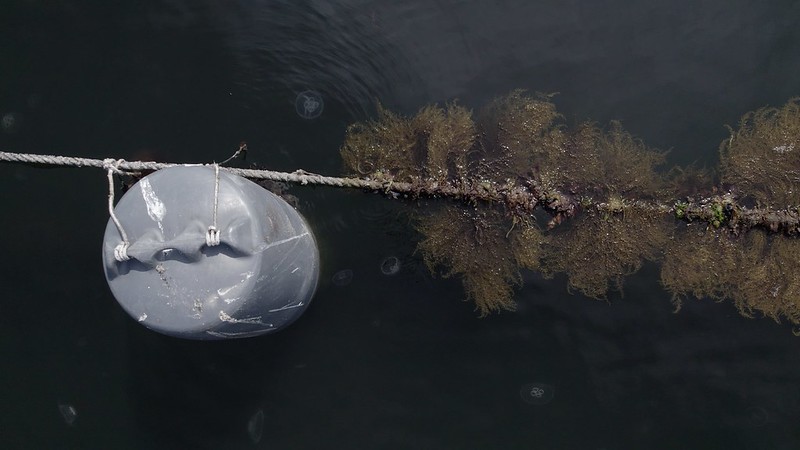
Sheng-Wen Lo, Matter of Scale, 2021-2022
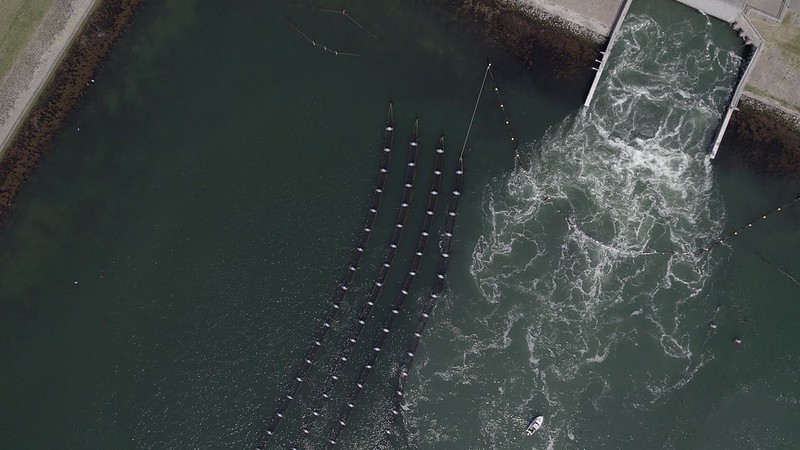
Sheng-Wen Lo, Matter of Scale, 2021-2022
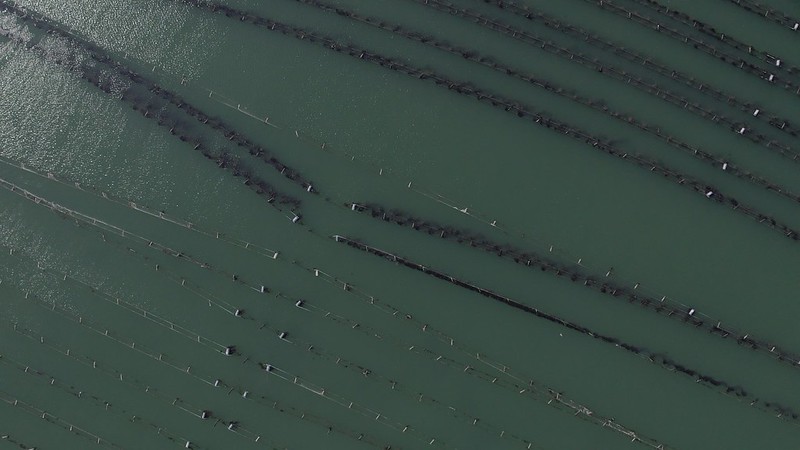
Sheng-Wen Lo, Matter of Scale, 2021-2022

Sheng-Wen Lo, Matter of Scale, 2021-2022
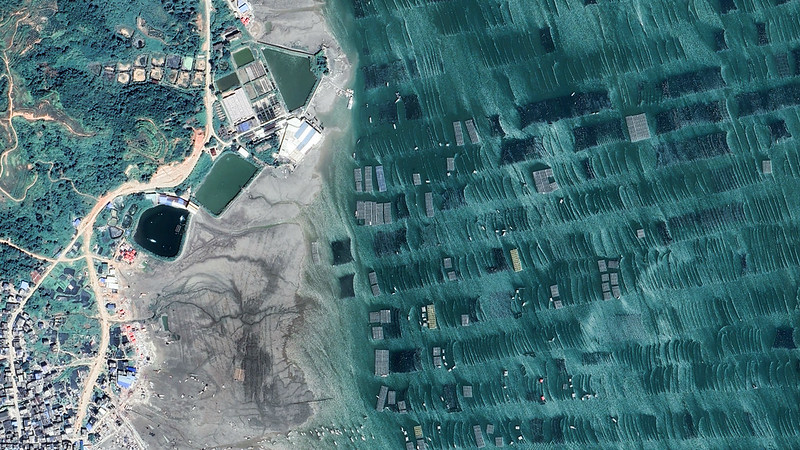
Sheng-Wen Lo, Matter of Scale, 2021-2022
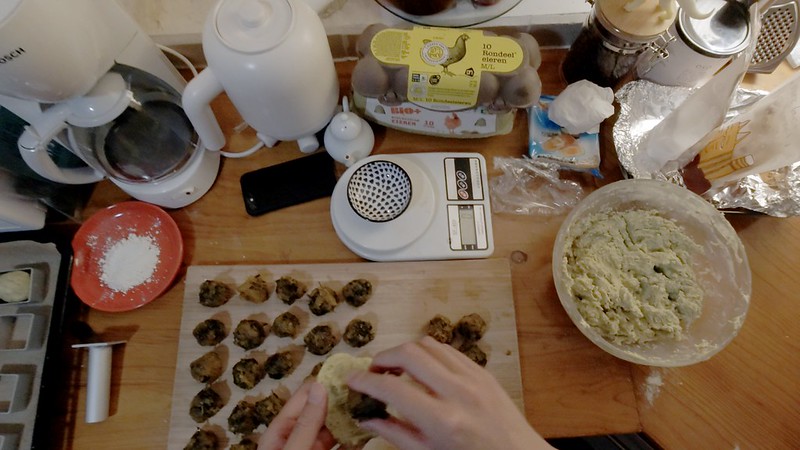
Sheng-Wen Lo, Matter of Scale, 2021-2022
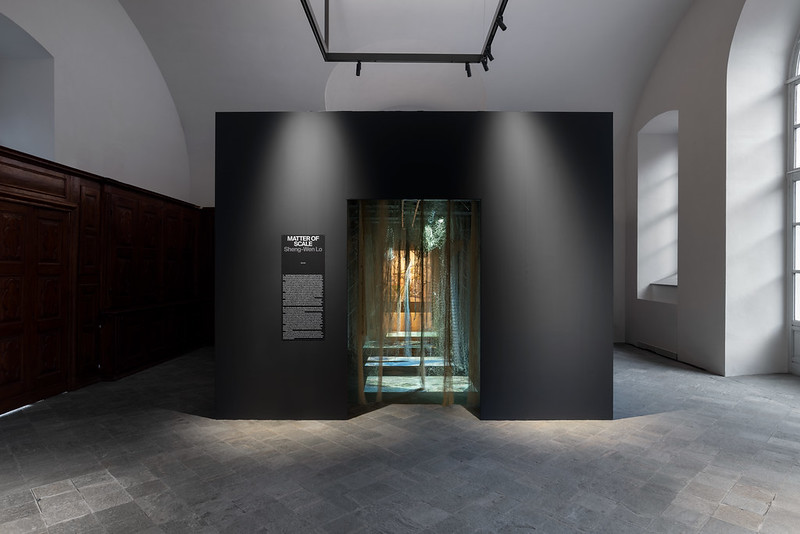
Sheng Wen-Lo, Not Bad Intentions. Attempts to Coexist. Exhibition view. Photo: Buccia Studio © EXPOSED Torino Foto Festival
Matter of Scale, the third work in the exhibition, questions the large-scale expansion of seaweed farming. Lauded as a sustainable practice in Western countries because it requires no land, no fertiliser and no fresh water resource, algae farming is a cause of major ecological disturbances in some parts of East Asia, a region with a long history of algae production and cuisine. Extensive seaweed aquaculture in China, for example, has been linked with vast expanses of algal bloom off Qingdao, a major port city on the Yellow Sea. Their proliferation affects local marine ecosystems, shipping and tourism.
Lo spent two years trying to understand how to grow seaweed and kelp in the Netherlands. He researched the official policy and position on kelp farms and coastal seaweed harvesting, visited seaweed farms along the Dutch coast to understand the farmers’ expectations and brought dried seaweed from the farmers and used it to improve what he was cooking. Over the course of his research, Lo found that the enthusiasm for kelp might come with a heavy ecological cost. Large-scale coastal transformation will bring changes to ecosystems, not only hindering sunlight penetration below ocean surface, but also disturbing nutrient balance, potentially causing eutrophication.
Not Bad Intentions. Attempts to Coexist is at Archivio di Stato di Torino until 2 June 2025. The show was curated by Daria Tuminas. It is part of the EXPOSED Torino Foto Festival.
Previously: Almost Real. From Trace to Simulation.

Post a Comment